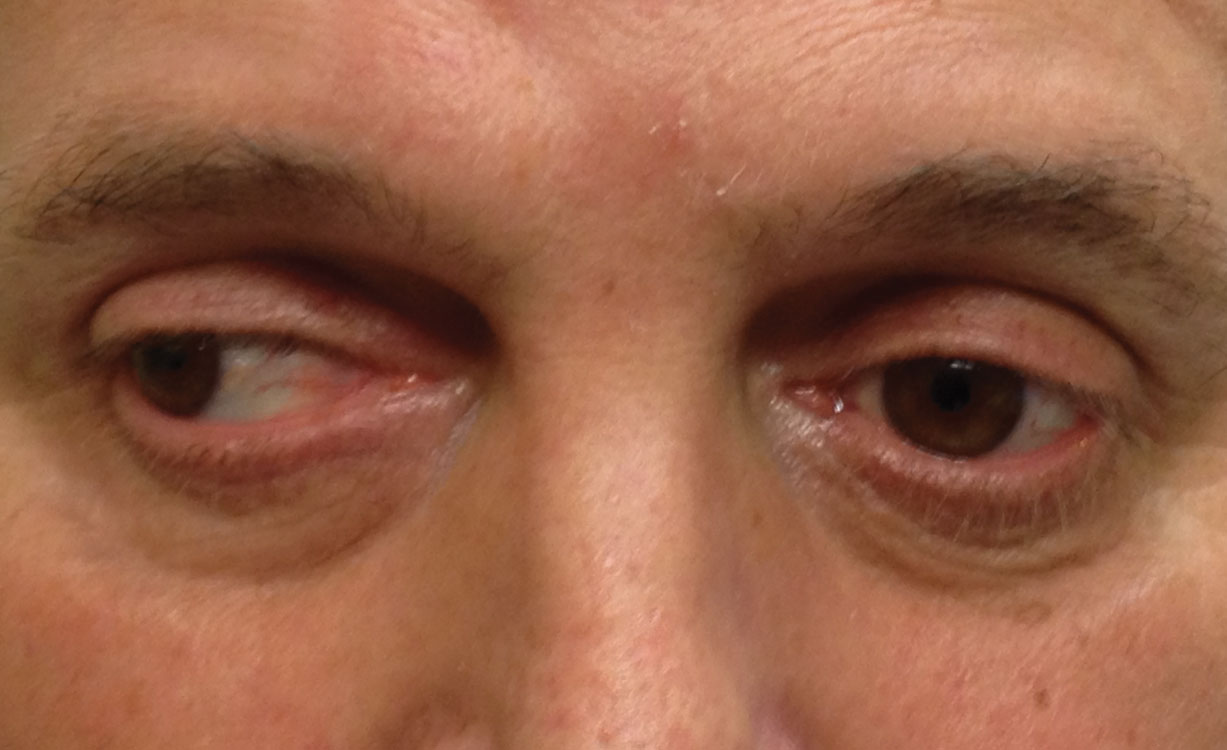 |
| Strabismus effects should be measured clinically and in longitudinal studies of pre- and post-treatment to improve patient care and health-related quality of life, researchers say. Photo: Christopher L. Suhr, OD. Click image to enlarge. |
Many medical conditions have far-reaching effects on patients’ lives, affecting not only physical health but mental and emotional health as well. Strabismus, an ocular misalignment, affects a small percentage of adults but the combination of its effects on functional and psychosocial well-being can’t be understated, according to a recently published study in Acta Ophthalmologica.
In the cross-sectional study, researchers in Finland examined health-related quality of life (HRQOL) in 137 adults with strabismus and its associations with demographic features, self-reported strabismus-related status and orthoptic status. Study participants had previously participated in a study to translate the Adult Strabismus Questionnaire (AS-20) into Finnish, and the researchers drew on this data, which included self-reported information on self-perception, interaction, reading function and general function, in addition to orthoptic status.
The researchers found that the interaction subscale scores were the highest for participants. HRQOL self-perception and age were associated, with younger participants reporting the lowest scores. The researchers also found that compared to those who experience diplopia, those without had lower self-perception and interaction scores but higher scores for reading function and general function. They added that educational background wasn’t associated with HRQOL and that exotropia with or without vertical strabismus were the most common types in the study group.
“Healthcare professionals and decision-makers should always consider the psychosocial impacts of strabismus on patients, even without diplopia, when making decisions on strabismus treatment and care processes,” they concluded in their paper.
Mason A, Lindberg L, Joronen K, et al. Strabismus is more than a misalignment; a cross-sectional pilot study of HRQOL in Finnish strabismic adults referred to a university hospital. Acta Ophthalmologica 2023;00:1-7. [Epub ahead of print]. |

